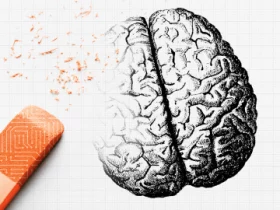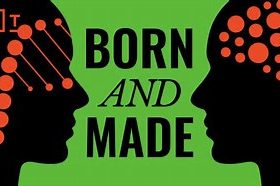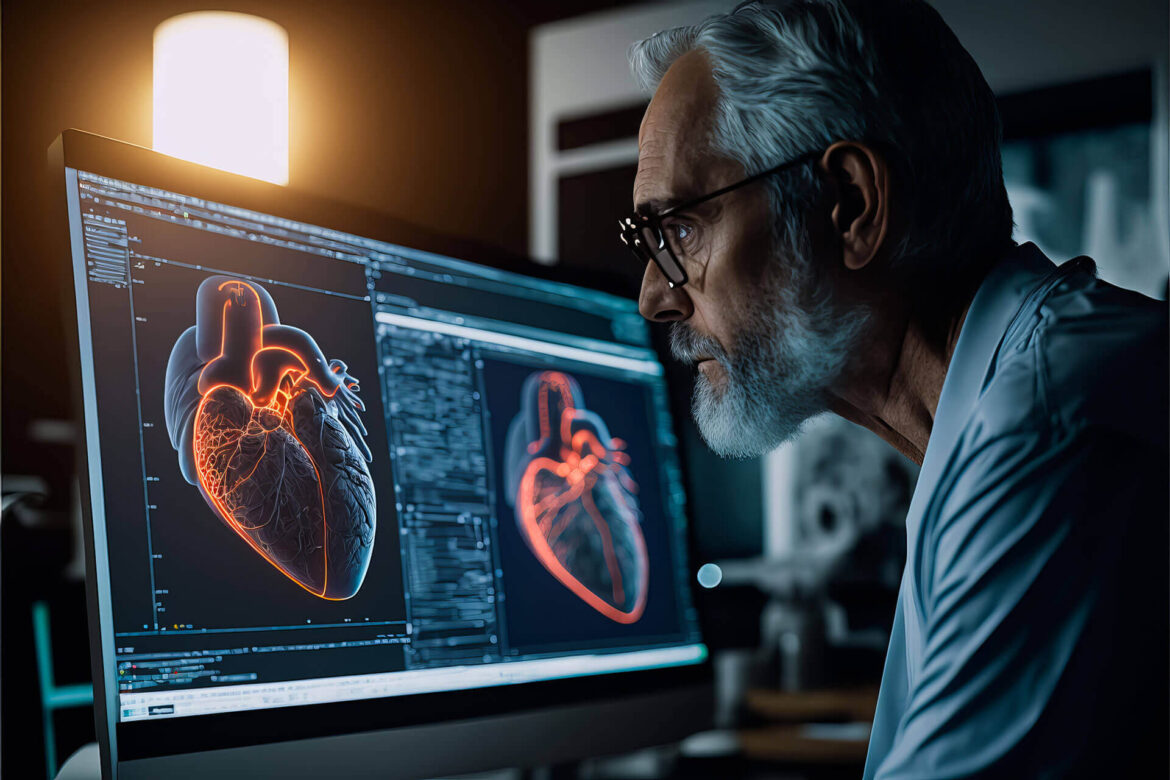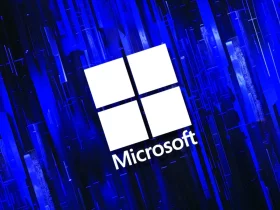The Future of Healthcare: Top Trends
The artificial intelligence revolution in healthcare is already underway. AI algorithms can analyze large amounts of patient data, aiding in the accurate diagnosis of diseases, predicting treatment outcomes, and personalizing treatment plans. The integration of AI in healthcare is set to transform the industry, leading to more efficient and effective patient care.
AI and Healthcare: A Powerful Combination
AI’s impact on healthcare is multifaceted. It can summarize medical research and clinical notes, perform various tasks in less time, and address chronic problems in hospitals, especially for staff. AI’s ability to analyze advanced imaging will continue to aid in the diagnosis of more diseases.
In 2024, we expect significant advancements in machine learning and deep learning techniques. These advancements will enable real-time monitoring of health conditions and proactive interventions, paving the way for a future full of smart hospitals.
Wearable Devices and Apps: Empowering Consumers
More consumers are taking charge of their health thanks to the integration of wearables, portable devices, and complementary apps. These technologies support the rise of telemedicine and remote patient care. Equipped with sensors and monitoring capabilities, wearables allow for continuous monitoring of vital signs, activity levels, and other health parameters.
Real-time virtual collaboration will redefine how health professionals communicate and collaborate, especially in remote or underserved areas. Through video conferencing, teleconferencing, and secure messaging, healthcare teams can collaborate in real time, regardless of their geographic locations.
Sustainable Health Technology
Consumers today demand that their healthcare be as sustainable as their transportation, food, and housing. Health technology companies are responding by incorporating decarbonization into their business strategies and committing to new waste elimination and packaging reduction efforts. Telemedicine also contributes to emission reductions and continues to drive new developments






























Leave a Reply